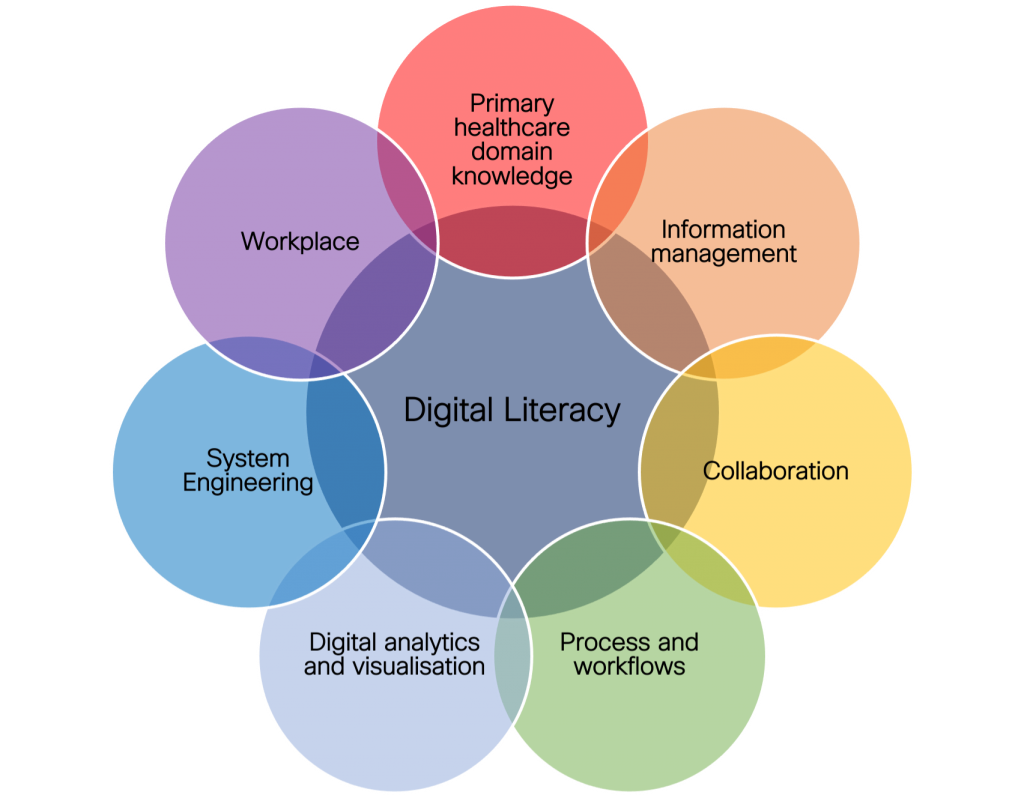- This might be the best-sounding soundbar I've ever listened to - if not for one thing
- Ransomware Attacks Fall Sharply in March
- TSMC targets AI acceleration with A14 process and ‘System on Wafer-X’
- Desigual reescribe su estrategia logística motivada por los beneficios de la automatización
- The top 6 GNOME extensions I install first (and what they can do for you)
Can a Digital Culture Create Patient Value in Healthcare?

As part of the Digital Innovation Hub at La Trobe University, Cisco’s Innovation Central Melbourne set out to define digital literacy for healthcare. With this initiative, Cisco and La Trobe University examined how the healthcare workforce can become more digitally driven, with data and technology creating valuable insights, enhanced clinical efficiencies and knowledge-flow-to-value for patients.
Digital literacy is using technology and tools to lead to more efficient use of staff, better care coordination, improved patient experience and better enterprise performance against key performance indicators (KPIs), such as: bed turnover rate, average length of stay, occupancy rate, and patient satisfaction.
The big picture is not just about technology. Digital culture is also focused on social and cultural issues, communication, and collaboration.
The Potential of Digital Culture in Healthcare
This figure shows a bespoke group of knowledge domains needed to establish a digital culture and create patient value from data and insights. Taken as a holistic approach, the combination of knowledge domains, key technologies, and core learning objectives add up to a requirement for hands-on learning, and digital and data literacy.

Adjustments to learning content for different levels of workers and leadership would allow this map to be applied across any organization, at any level, and for executives to learn-by-doing along with their workforce.
Implementing a Digital Culture Within Your Workforce
Through this initiative, one consistent theme we recognized is that implementing services for digital devices and data can be a challenge for healthcare organizations.
For healthcare organizations looking at driving a digital culture in the workplace, one of the most costly and dynamic challenges is the management of people and their devices. Here are five things to consider when optimizing operations with a focus on digital:
- Wait time and length of stay increase when staff and patient data cannot be located quickly and accurately
- Situational awareness is a key characteristic of a real-time health system (RTHS), which is one goal of creating a digital culture
- Devices are foundational to RTHS efficiencies
- Integrating technologies and data with existing systems and workflows can be complex, expensive, and challenging, and often fall short of expectations, because the transformation of data into insights is often overlooked
- Continuous improvement will be required through project-portfolio management and collaborative work groups
To create a true digital culture within your healthcare workforce, you need to consider how to:
- Create value within specific organizational initiatives by identifying use cases where devices and data will improve workflows and decision making
- Avoid the challenges of interoperability between data sources and locations by addressing potential gaps
- Recognize and respond to sensitive issues associated with people and devices, such as privacy concerns
At Cisco’s Innovation Central Melbourne, we have programs like MasterTech, where leaders collaborate to create and pilot technology solutions to take back to their workplaces.
We welcome the opportunity to partner with your healthcare organization to help you drive a culture of digital literacy. To learn more about Cisco’s Innovation Central Melbourne and how we can best support you, please contact me directly (dih@latrobe.edu.au).
Cisco’s Innovation Central Melbourne is part of the National Industry Innovation Network.
Share:

